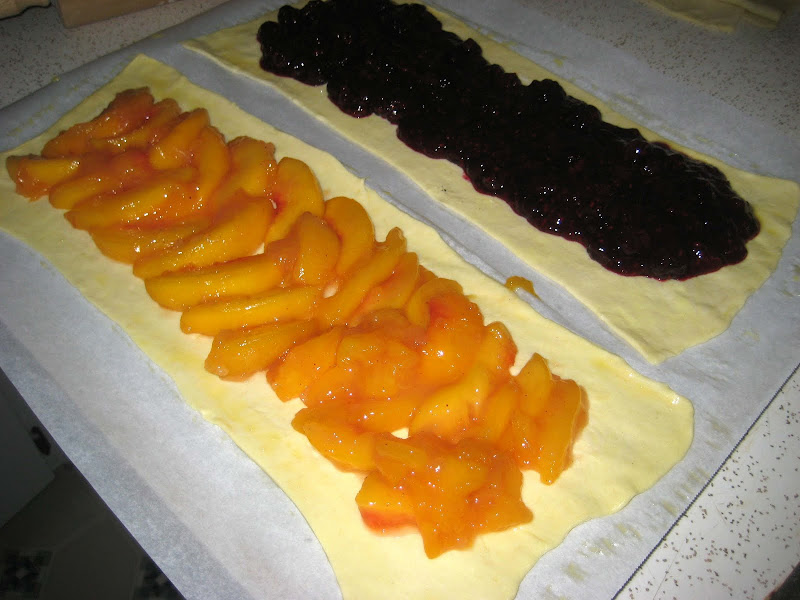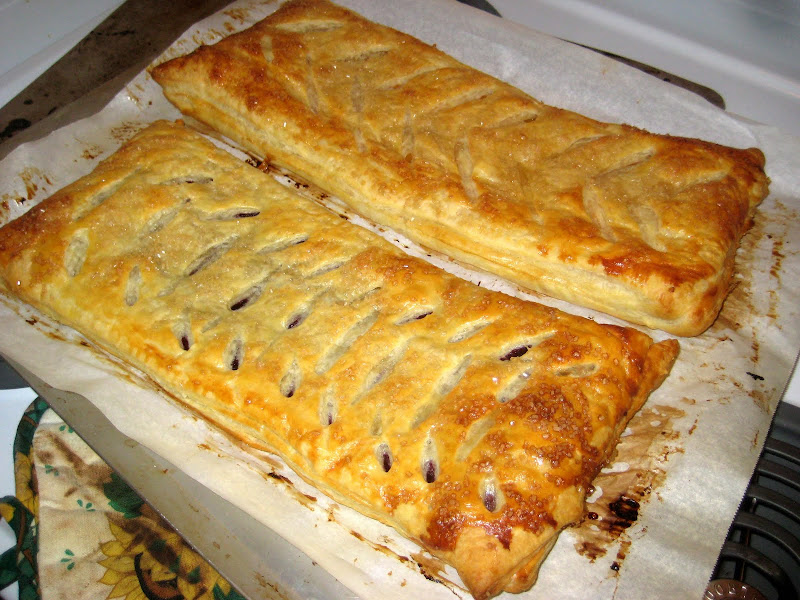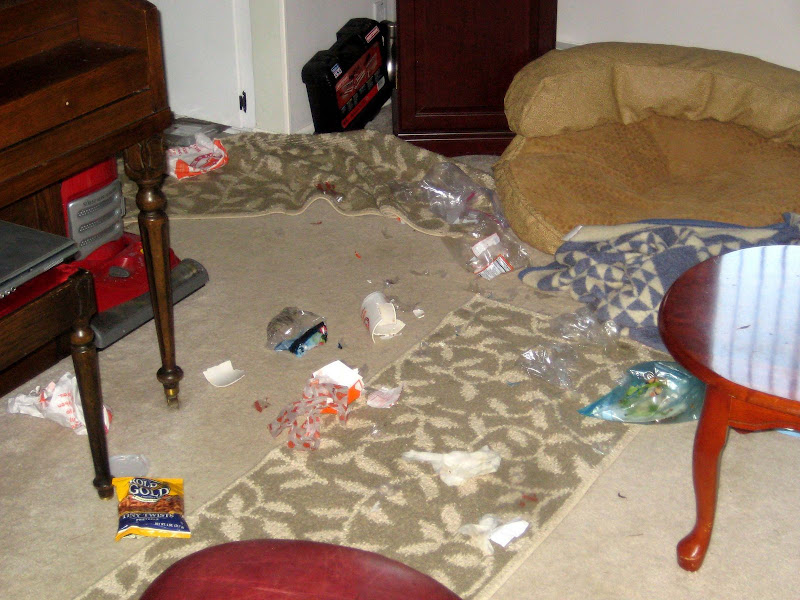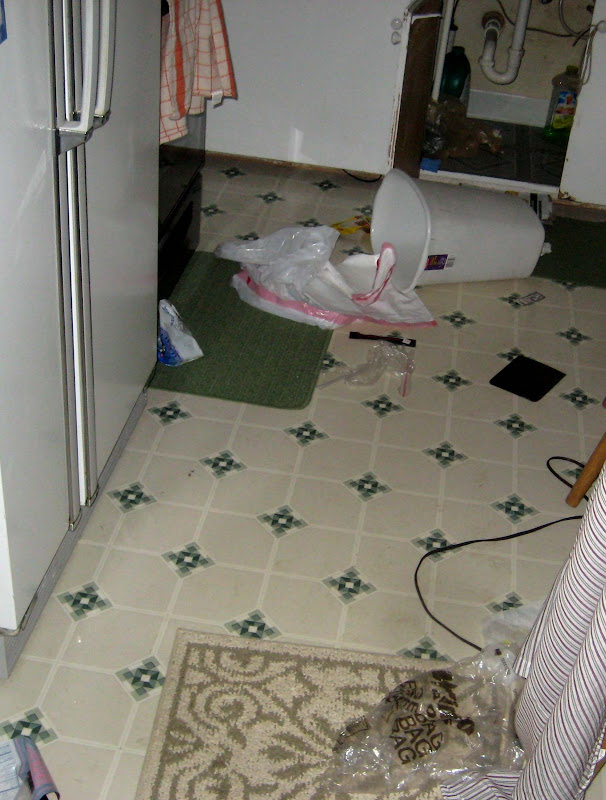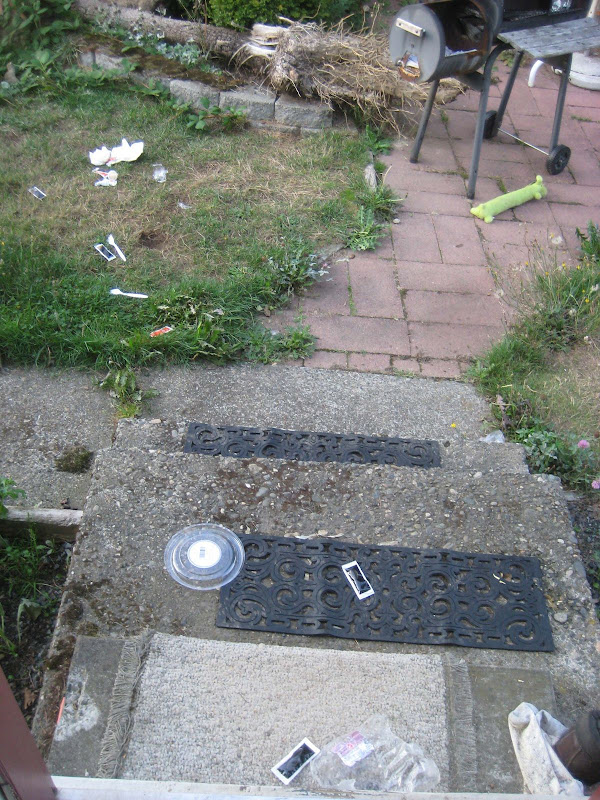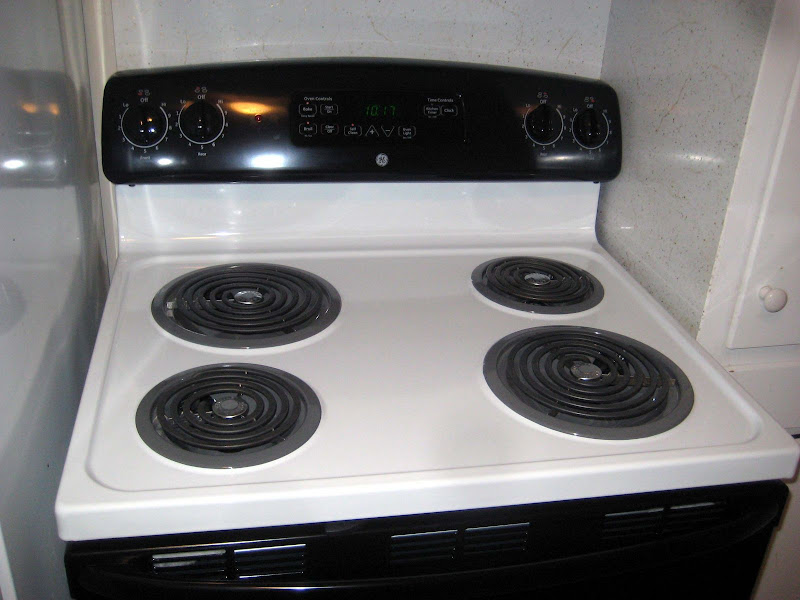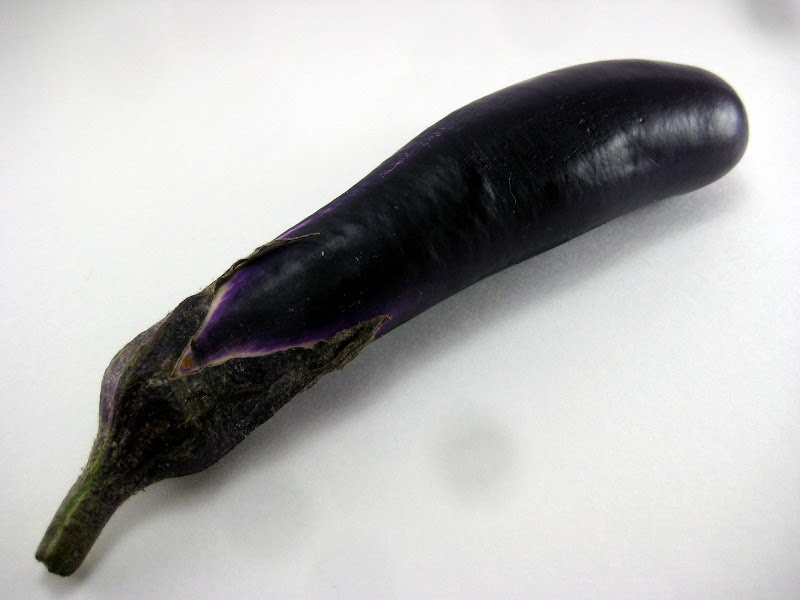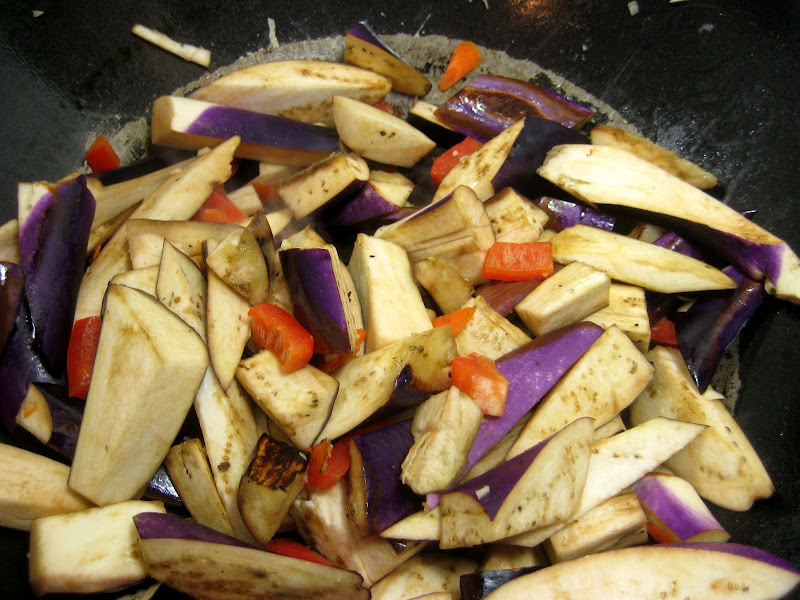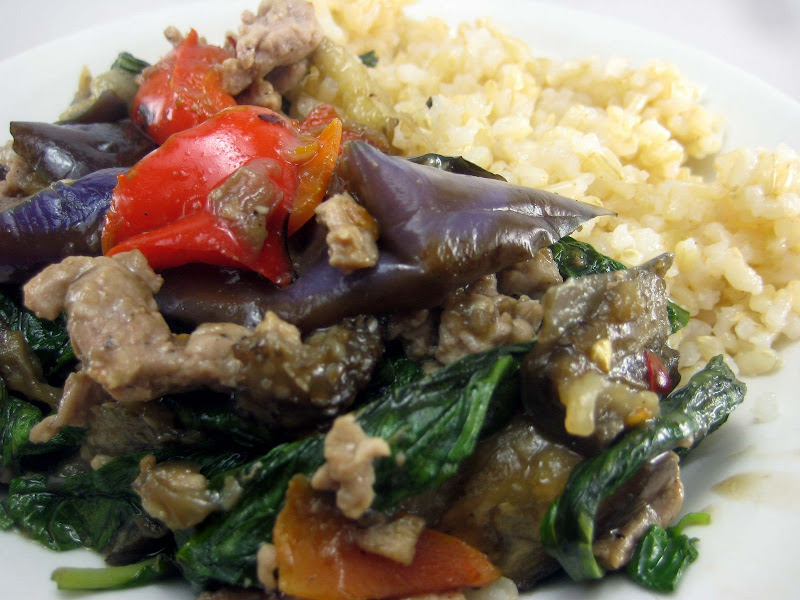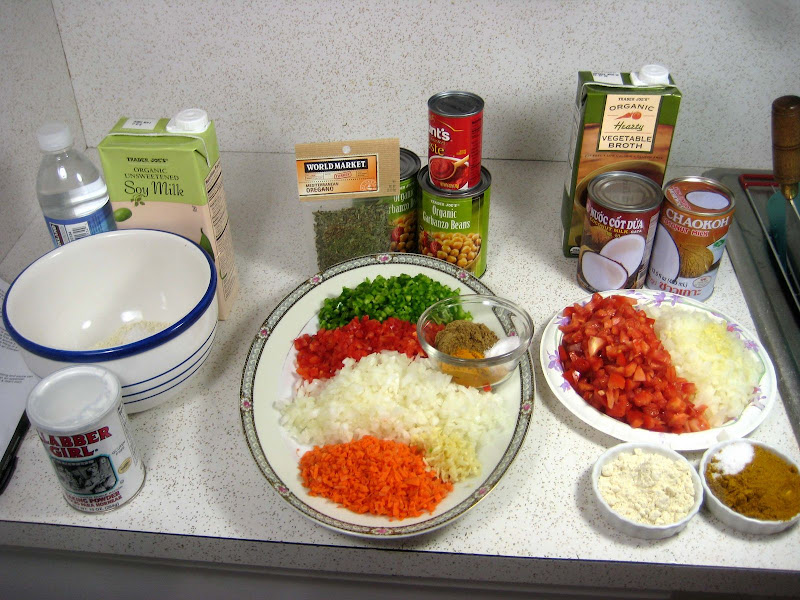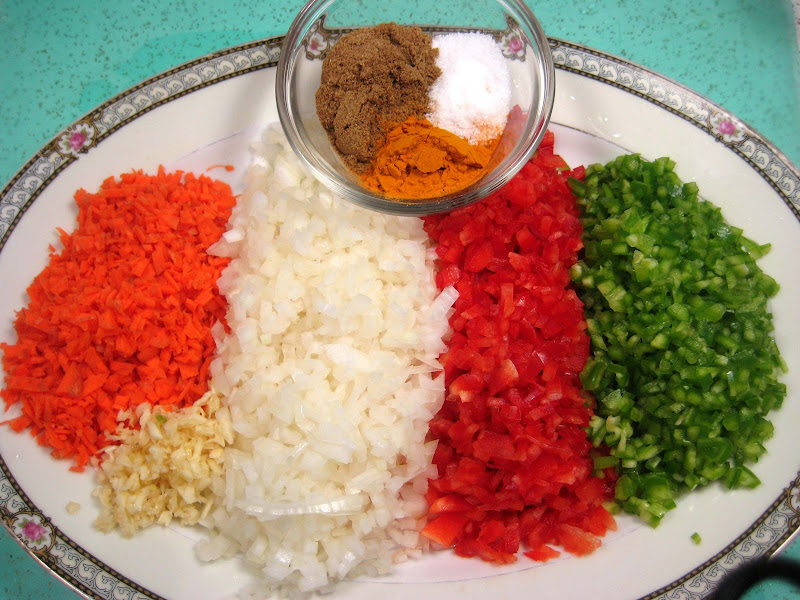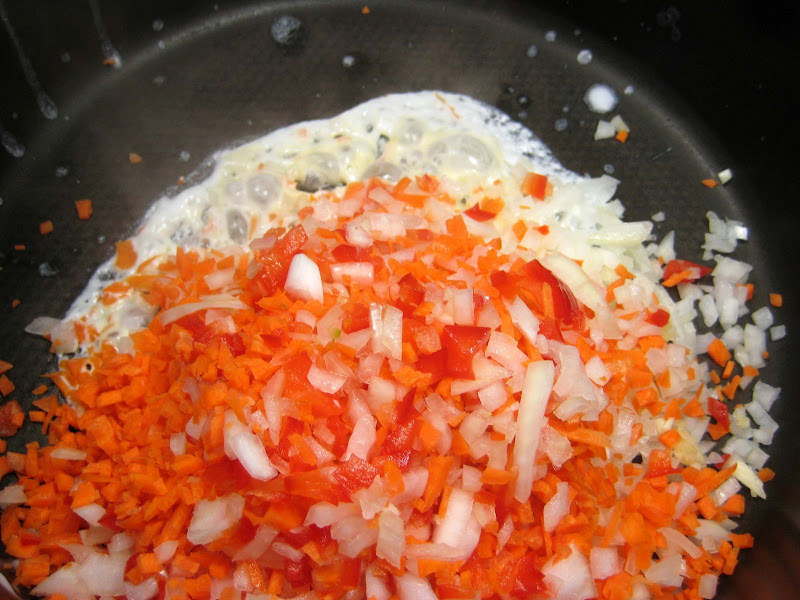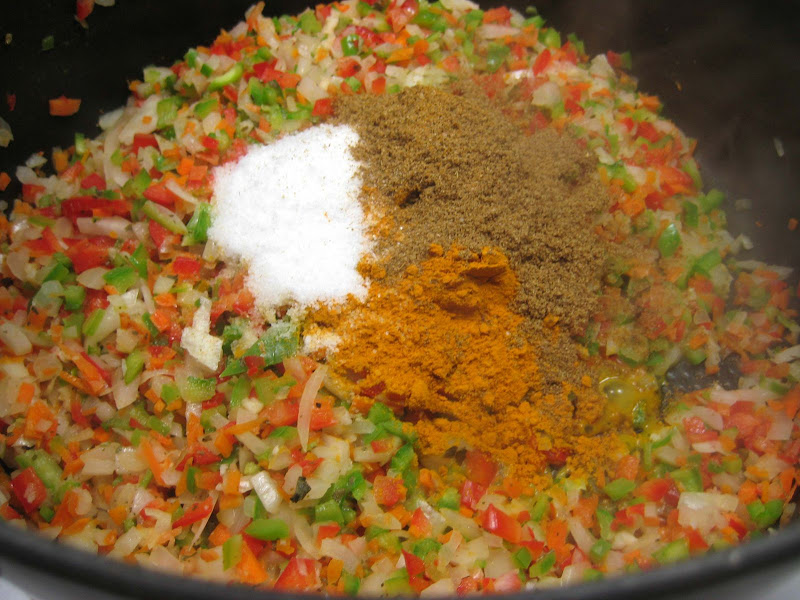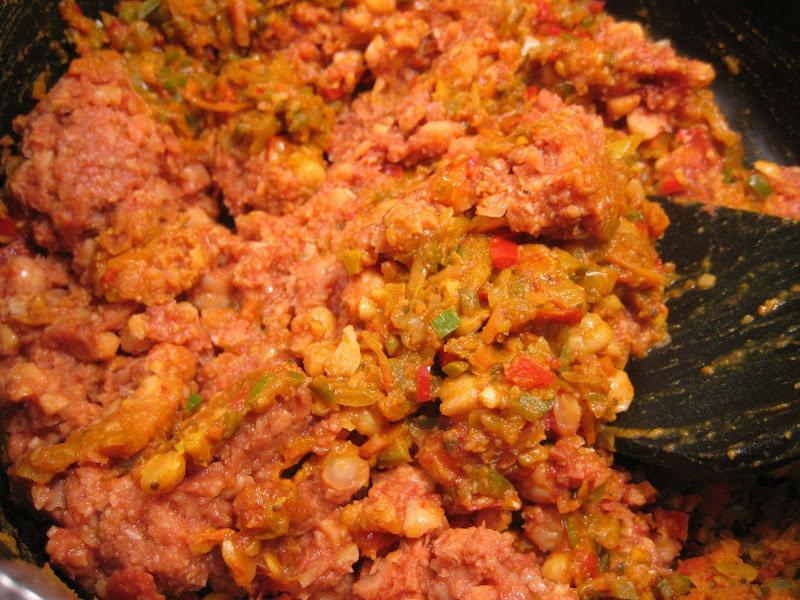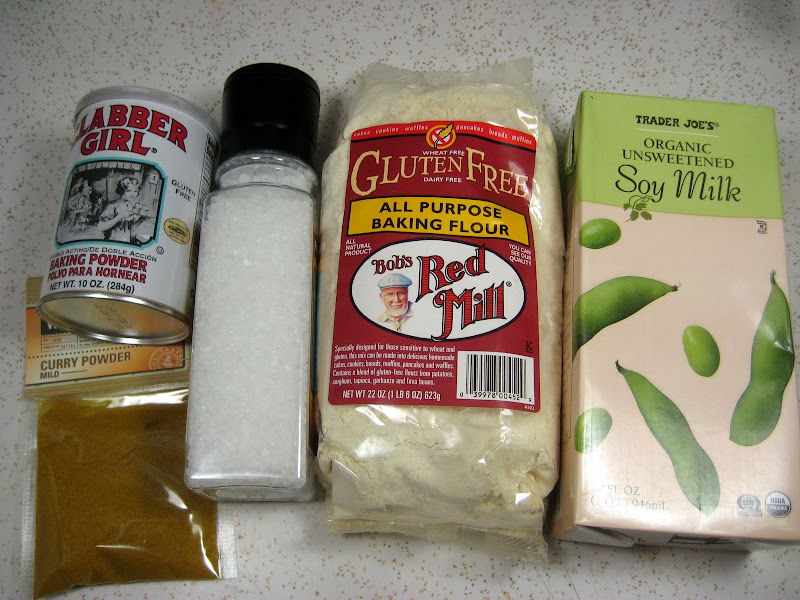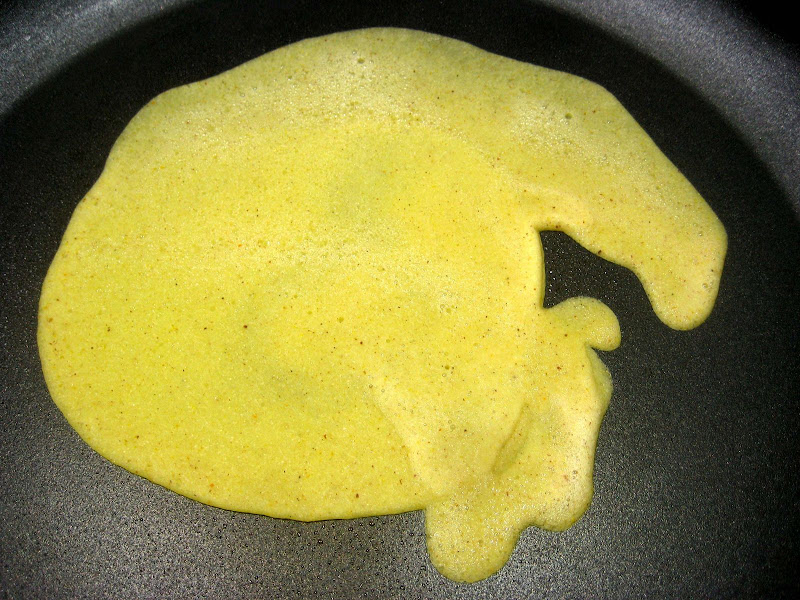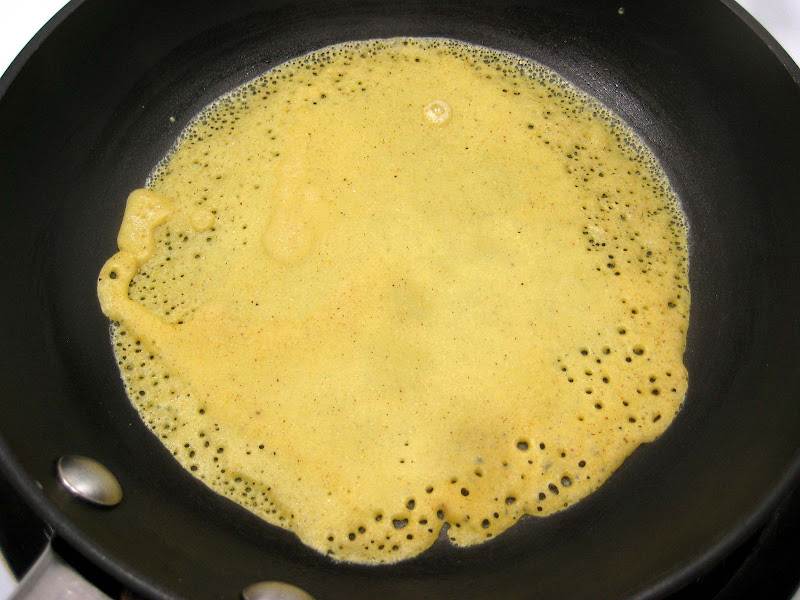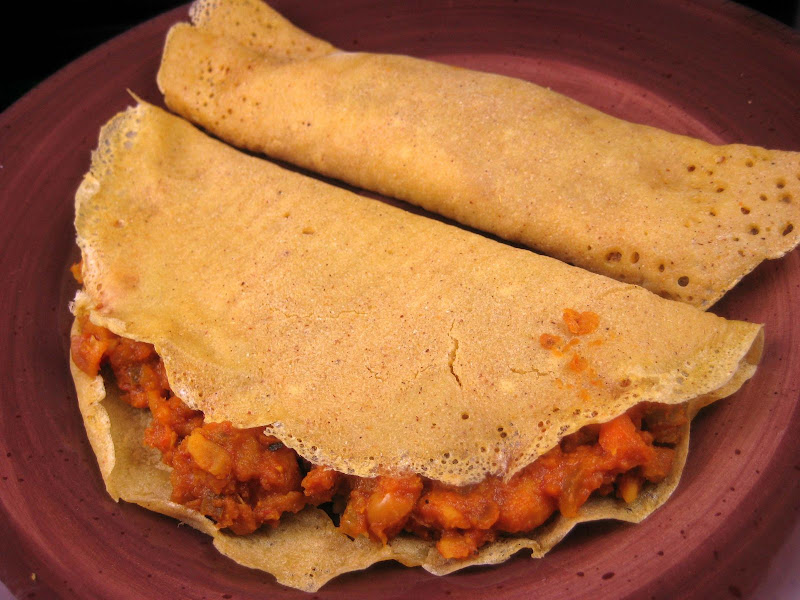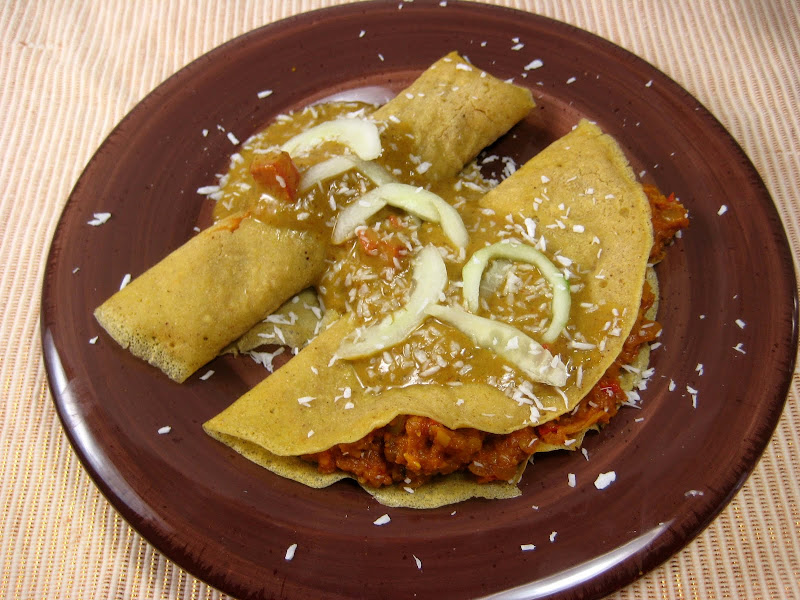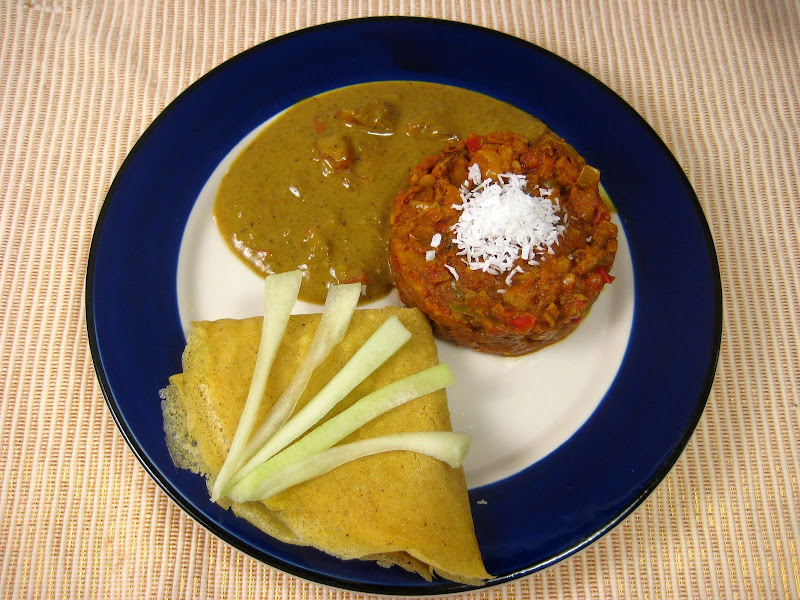
We interrupt the scheduled blog for an important discussion.
Chevy - Our guest commentary tonight is brought to us by Miss Emily Litella.
Miss Emily Litella - Thank you, Cheddar...
What's this I hear about the Daring Bakers' putting voles in vents? Isn't that animal cruelty? I know voles can be pest, but to put voles in vents is a little excessive.
Cheddar Cheese - Ummm... Miss Litella. The Daring Bakers are making Vols-au-Vent. That's a French dish using puff pastry.
Miss Litella: Oh... That's something very different. Never mind! :-)
Now, back to our regularly scheduled posting.
The September 2009 Daring Bakers' challenge was hosted by Steph of A Whisk and a Spoon. She chose the French treat, Vols-au-Vent based on the Puff Pastry recipe by Michel Richard from the cookbook Baking With Julia by Dorie Greenspan.
Getting right down to business here... this challenge consist of two parts.
The mandatory parts of the challenge:
1. You must make Michel Richard’s recipe for puff pastry (recipe below).
2. Form at least part of it into vols-au-vent (description below).
Puff Pastry
Puff pastry (aka pâte feuilletée) is in the ‘laminated dough” family, along with Danish dough and croissant dough.
A laminated dough consists of a large block of butter (called the “beurrage”) that is enclosed in dough (called the “détrempe”). This dough/butter packet is called a “paton,” and is rolled and folded repeatedly (a process known as “turning”) to create the crisp, flaky, parallel layers you see when baked. Unlike Danish or croissant however, puff pastry dough contains no yeast in the détrempe, and relies solely aeration [and steam] to achieve its high rise. The turning process creates hundreds of layers of butter and dough, with air trapped between each one. In the hot oven, water in the dough and the melting butter creates steam, which expands in the trapped air pockets, forcing the pastry to rise.
Vol-au-vent
Once we have our puff pastry dough made and chilled, we are going to roll and form a portion of it into vols-au-vent, which are little puff pastry cases designed to hold a filling. Steph chose vols-au-vent specifically because they do a beautiful job of showing off the hundreds of flaky layers in the homemade puff. They can be made large enough for a full meal, or made small for little one-bite canapés, the choice is ours. Vols-au-vent are typically served hot and filled with a creamy savory filling (often poultry or seafood-based), but cold fillings, such as chicken or tuna salad, work, too. Whipped cream or pastry cream with fresh or stewed fruit often goes into sweet versions.
You may make your vols-au-vent large or small, and may fill them with whatever you choose (savory or sweet).
I made a variety of vol-au-vent. A strawberry and cream filled one is shown below.
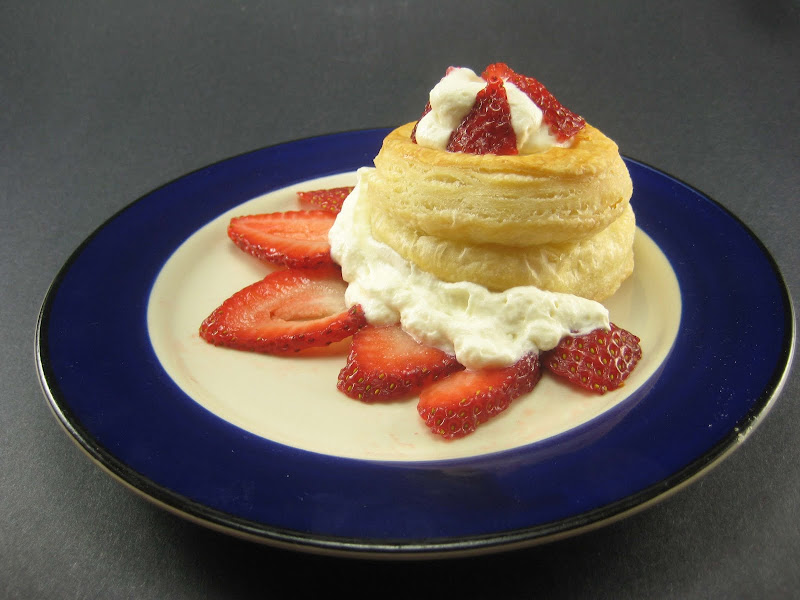
Michel Richard’s Puff Pastry Dough Recipe
From: Baking with Julia by Dorie Greenspan
Yield: 2-1/2 pounds dough
Steph’s note: This recipe makes more than you will need for the quantity of vols-au-vent stated above. While I encourage you to make the full recipe of puff pastry, as extra dough freezes well, you can halve it successfully if you’d rather not have much leftover.
There is a wonderful on-line video from the PBS show “Baking with Julia” that accompanies the book. In it, Michel Richard and Julia Child demonstrate making puff pastry dough (although they go on to use it in other applications). They do seem to give slightly different ingredient measurements verbally than the ones in the book…I listed the recipe as it appears printed in the book. http://video.pbs.org/video/1174110297/search/Pastry
The video above is very informative and a thorough tutorial. Enough to get over my initial apprehension about making puff pastry.
For this month's challenge, I halved the recipe.
Ingredients:
2-1/2 cups (12.2 oz/ 354 g) unbleached all-purpose flour [177 g]
1-1/4 cups (5.0 oz/ 142 g) cake flour [71 g]
1 tbsp. salt (you can cut this by half for a less salty dough or for sweet preparations) [I actually cut the salt by a more than a third using only about 3/4 of a tsp - a scant teaspoon]
1-1/4 cups (10 fl oz/ 300 ml) ice water [150 ml]
4 sticks (16 oz/ 454 g) very cold unsalted butter [2 sticks of unsalted butter]
Extra flour for dusting work surface
- Mixing the Dough:
Put the all-purpose flour, cake flour, and salt in the work bowl of a food processor fitted with a metal blade and pulse a couple of times just to mix. Add the water all at once, pulsing until the dough forms a ball on the blade. The dough will be very moist and pliable and will hold together when squeezed between your fingers. (Actually, it will feel like Play-Doh.)
The dough ball in the food processor.

Remove the dough from the machine, form it into a ball, with a small sharp knife, slash the top in a tic-tac-toe pattern. Wrap the dough in a damp towel and refrigerate for about 5 minutes.
I kneaded the dough on the countertop for about 30 seconds to a minute to ensure complete mixing.
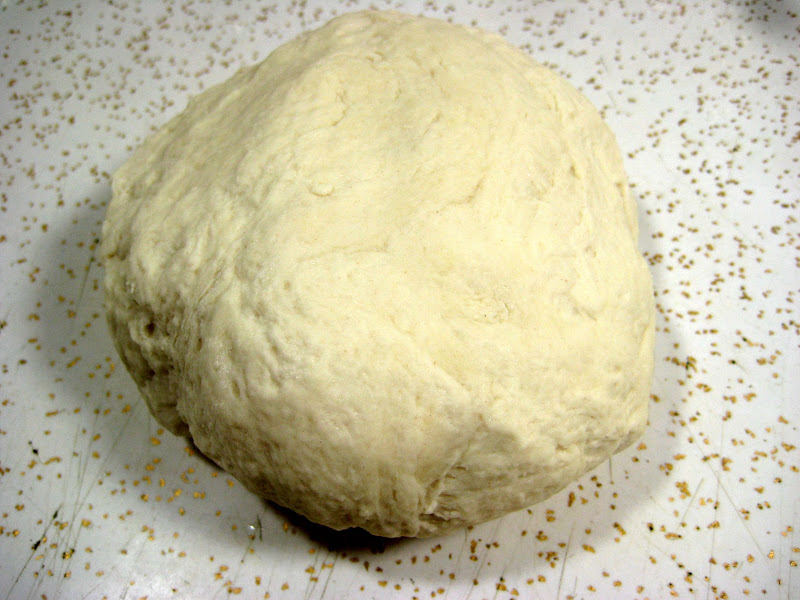
I'm not sure what the scoring the dough does, but I did as was told per the recipe. :-) The dough is wrapped and refrigerated.

Meanwhile, place the butter between 2 sheets of plastic wrap and beat it with a rolling pin until it flattens into a square that's about 1" thick. Take care that the butter remains cool and firm: if it has softened or become oily, chill it before continuing.
"Mr. Butter. Say hello to my little friend!"
The recipe calls for a French rolling pin which looks like a thick cylinder. Since I don't have a French rolling pin, I opted to use an American rolling pin. Instead of wood, this one is made of aluminum. I think it did a great job at beating down the cold butter.

Butter is smashed down to 1 inch thick and about 5 in x 5 in. The butter in wrapped and refrigerated next to the dough.

- Incorporating the Butter:
Unwrap the dough and place it on a work surface dusted with all-purpose flour (A cool piece of marble is the ideal surface for puff pastry) with your rolling pin (preferably a French rolling pin without handles), press on the dough to flatten it and then roll it into a 10" square. Keep the top and bottom of the dough well floured to prevent sticking and lift the dough and move it around frequently. Starting from the center of the square, roll out over each corner to create a thick center pad with "ears," or flaps.
Dough is rolled into a square (as close as possible) and the center is marked off with a 5" by 5" square.

The corners are rolled thinner to form "ears".
Note: I gave up using the bat as a rolling pin. On my small workspace, I was knocking stuff over on the counter. lol!

Place the cold butter in the middle of the dough and fold the ears over the butter, stretching them as needed so that they overlap slightly and encase the butter completely. (If you have to stretch the dough, stretch it from all over; don't just pull the ends) you should now have a package that is 8" square.
Butter is placed in the center...
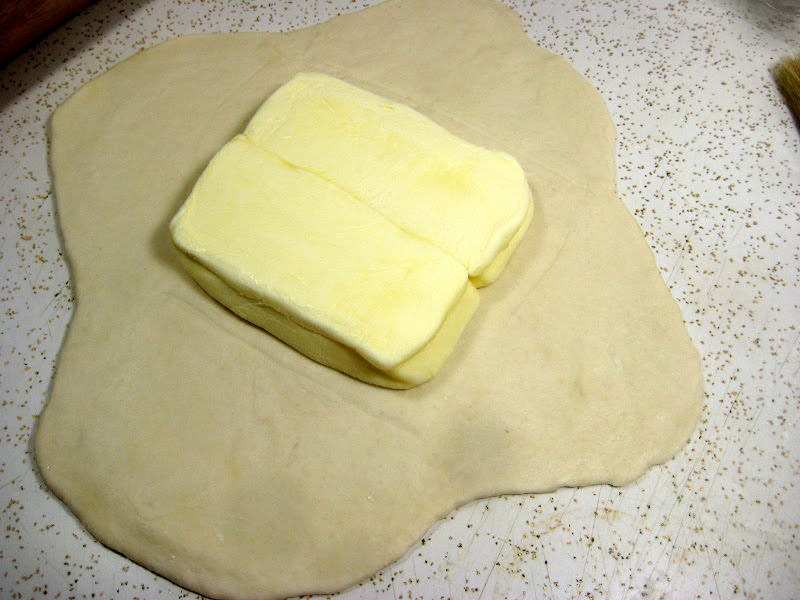
The ears are folded of the top of the butter...
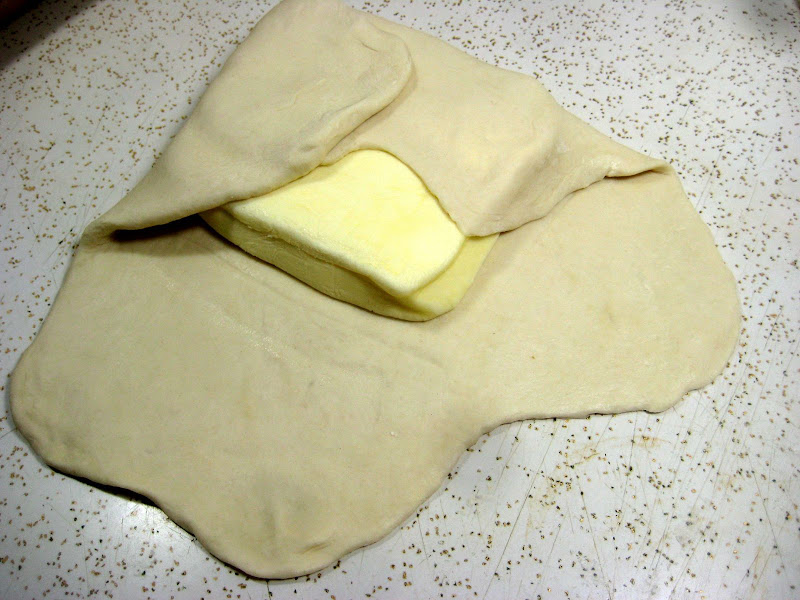
A dough package with a big hunk of butter in the center.

To make great puff pastry, it is important to keep the dough cold at all times. There are specified times for chilling the dough, but if your room is warm, or you work slowly, or you find that for no particular reason the butter starts to ooze out of the pastry, cover the dough with plastic wrap and refrigerate it . You can stop at any point in the process and continue at your convenience or when the dough is properly chilled.
- Making the Turns:
Gently but firmly press the rolling pin against the top and bottom edges of the square (this will help keep it square). Then, keeping the work surface and the top of the dough well floured to prevent sticking, roll the dough into a rectangle that is three times as long as the square you started with, about 24" (don't worry about the width of the rectangle: if you get the 24", everything else will work itself out.) With this first roll, it is particularly important that the butter be rolled evenly along the length and width of the rectangle; check when you start rolling that the butter is moving along well, and roll a bit harder or more evenly, if necessary, to get a smooth, even dough-butter sandwich (use your arm-strength!).
I went back to using a regular rolling pin. I started at the edge closest to me and rolled away. The package was about 6 inches wide and about 14 inches long.
After a few turns, you can see the butter interleaved through the thin layers of dough... Notice the alternating light and dark stripes in the picture below.

With a pastry brush, brush off the excess flour from the top of the dough, and fold the rectangle up from the bottom and down from the top in thirds, like a business letter, brushing off the excess flour. You have completed one turn.
Rotate the dough so that the closed fold is to your left, like the spine of a book. Repeat the rolling and folding process, rolling the dough to a length of 24" and then folding it in thirds. This is the second turn.
After the dough is elongated, a tri-fold is made and the package is rotated. Now you roll the dough away from you for another "turn".

A closer look at the tri-fold. Roll out away from you. The key here is to keep the dough chilled. You don't want the butter to melt. So after two turns, wrap and refrigerate for the next two turns.

- Chilling the Dough:
If the dough is still cool and no butter is oozing out, you can give the dough another two turns now. If the condition of the dough is iffy, wrap it in plastic wrap and refrigerate it for at least 30 minutes. Each time you refrigerate the dough, mark the number of turns you've completed by indenting the dough with your fingertips. It is best to refrigerate the dough for 30 to 60 minutes between each set of two turns.
The total number of turns needed is six. If you prefer, you can give the dough just four turns now, chill it overnight, and do the last two turns the next day. Puff pastry is extremely flexible in this regard. However, no matter how you arrange your schedule, you should plan to chill the dough for at least an hour before cutting or shaping it.
Forming the vol-au-vent
Yield: 1/3 of the puff pastry recipe below will yield about 8-10 1.5” vols-au-vent or 4 4” vols-au-vent
In addition to the equipment listed above, you will need:
-well-chilled puff pastry dough
-egg wash (1 egg or yolk beaten with a small amount of water)
-your filling of choice
Line a baking sheet with parchment and set aside.
On a lightly floured surface, roll the piece of dough into a rectangle about 1/8 to 1/4-inch (3-6 mm) thick. Transfer it to the baking sheet and refrigerate for about 10 minutes before proceeding with the cutting.
After 6 turns and more chilling, the puff pastry dough is ready to be rolled out to use.
Here the dough is rolled to about 1/4" thick forming a 13" x 10 " rectangle. Again, after this step, the dough is refrigerated again.

(This assumes you will be using round cutters, but if you do not have them, it is possible to cut square vols-au-vents using a sharp chef’s knife.) For smaller, hors d'oeuvre sized vols-au-vent, use a 1.5” round cutter to cut out 8-10 circles. For larger sized vols-au-vent, fit for a main course or dessert, use a 4” cutter to cut out about 4 circles. Make clean, sharp cuts and try not to twist your cutters back and forth or drag your knife through the dough. Half of these rounds will be for the bases, and the other half will be for the sides. (Save any scrap by stacking—not wadding up—the pieces…they can be re-rolled and used if you need extra dough. If you do need to re-roll scrap to get enough disks, be sure to use any rounds cut from it for the bases, not the ring-shaped sides.)
Using a ¾-inch cutter for small vols-au-vent, or a 2- to 2.5-inch round cutter for large, cut centers from half of the rounds to make rings. These rings will become the sides of the vols-au-vent, while the solid disks will be the bottoms. You can either save the center cut-outs to bake off as little “caps” for you vols-au-vent, or put them in the scrap pile.
After a little chilling, rounds were pressed out of the dough.

Dock the solid bottom rounds with a fork (prick them lightly, making sure not to go all the way through the pastry) and lightly brush them with egg wash. Place the rings directly on top of the bottom rounds and very lightly press them to adhere. Brush the top rings lightly with egg wash, trying not to drip any down the sides (which may inhibit rise). If you are using the little “caps,” dock and egg wash them as well.
I only had one round cutter so I used a spice cap to cut out the top layer.
The bottom layer is docked (pressed with a fork) and ready for the egg wash and the top to be applied.

Refrigerate the assembled vols-au-vent on the lined baking sheet while you pre-heat the oven to 400ºF (200ºC). (You could also cover and refrigerate them for a few hours at this point.)
Once the oven is heated, remove the sheet from the refrigerator and place a silicon baking mat (preferred because of its weight) or another sheet of parchment over top of the shells. This will help them rise evenly. Bake the shells until they have risen and begin to brown, about 10-15 minutes depending on their size. Reduce the oven temperature to 350ºF (180ºC), and remove the silicon mat or parchment sheet from the top of the vols-au-vent. If the centers have risen up inside the vols-au-vent, you can gently press them down. Continue baking (with no sheet on top) until the layers are golden, about 15-20 minutes more. (If you are baking the center “caps” they will likely be finished well ahead of the shells, so keep an eye on them and remove them from the oven when browned.)
Remove to a rack to cool. Cool to room temperature for cold fillings or to warm for hot fillings.
Baking is done in two stages. First, 10-15 minutes at 400F with a sheet of parchment over the top of the puff pastry. Afterwards, the parchment is removed and baking continues for another 15 to 20 minutes at 350F.

Fill and serve.
The Finished Product
I couldn't resist sampling the puff pastry. Yum! Buttery and flaky.
Only 3/4 t of salt (which is about 1/2 of what is called out in the recipe), the finished puff pastry shell was salty enough. I'm glad I didn't use the full amount of salt. In fact, I think the full recipe can get by with only 1 teaspoon of salt instead of 1 tablespoon of salt.

My grand plans for different fillings - creamy savory fillings and sweet pastry cream where shot down.
While I was baking off the last batch, my oven went haywire. The heating element went to full power which scorched my last batch. In fact, turning the knob to off wouldn't even cut the power to the oven. I ended up shutting the power to the whole range from the breaker box.
My plans changed and I went with fillings that didn't need to be cooked.
I struck upon a three-course meal using puff pastry.
First course is a bruschetta inspired - ripe tomatoes, fresh basil and fresh mozzarella drizzled with olive oil

I didn't take any pictures of the caps (round buttons), but as you can see the puff pastry raised beautifully in the oven.

Second course is a seafood dish - krab salad embellished with avocado and dill. Yes, that's crab with a k. In other words, surimi or as we call in it in the USA, imitation crab.

The avocado added a nice richness to the dish.

Finally, my third course - dessert. Whipped cream and strawberries.
The puff pastry cup contains alternating layers of whipped cream and sliced strawberries.
The cap was cut into layers to form a mini-Napolean (aka Mille-feuille).
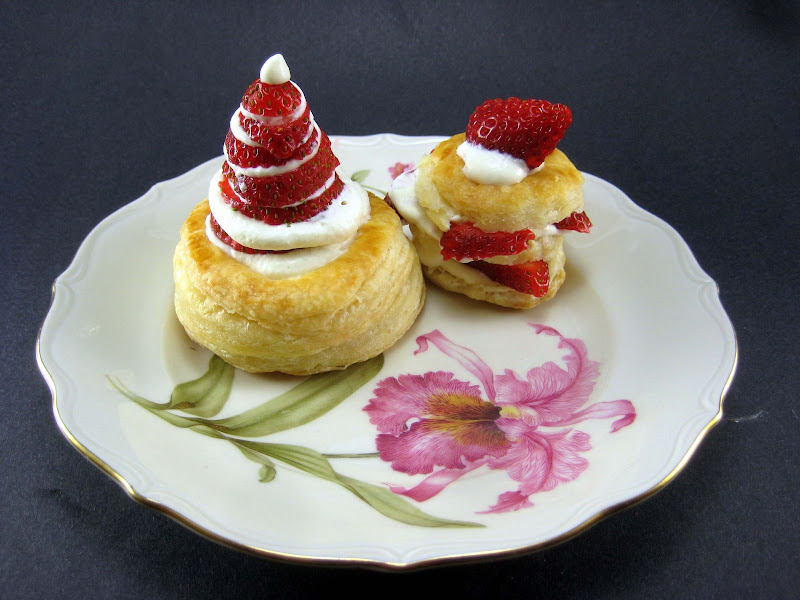
Strawberries and cream in a butter pastry shell. No complaints. :-)

I would like to thank Stephanie for hosting this month's challenge. The puff pastry recipe is a winner - very simple to make, requires only 5 ingredients and some extra time.
I see that I need to work on cutting and stacking the puff pastry. Possibly buying different diameter rings too. :-)
